Treatment of Forty Adult Patients with Hodgkin Disease; Baghdad Teaching Hospital Experience
DOI:
https://doi.org/10.32007/jfacmedbagdad.572341Keywords:
Hodgkin disease, ABVD, Survival.Abstract
Background: Hodgkin disease was the first cancer in which the curative potential of combination chemotherapy was demonstrated. The affected patients are often young and there is a great potential for adding years of productive life by giving curative therapy even when the disease is advanced.
Objective: to describe the experience of the hematology unit,Baghdad Teaching Hospital, in the management of 40 adult patients with Hodgkin disease.
Patients and Methods: a retrospective cohort study of forty adult Iraqi patients with Hodgkin disease between 2005 and 2013 in the hematology unit. Patients were treated initially with 6-8 cycles of ABVD chemotherapy protocol (doxorubicine+ bleomycin+ vinblastin+ dacarbazine) , nine patients received additional involved field radiotherapy for residual masses or bulky disease. Overall survival and progression free survivals were estimated using Kaplan Meier survival plot.
Results: The mean age was 28.6±12.88 years with females forming 61.5% of patients, mean duration of follow up was 27.9± 20.6 months. Staging showed that 55% and 27.5% had stage II and III respectively. B symptoms were found in 72.5% patients , bulky disease in 42.5% patients. Complete Response+ Complete Response undetermined was seen in 85% of cases. First Relapse occurred in 14%, and death in 7.5% of the patients. The 8 year overall survival and progression free survival were 82% and 50% respectively while the mean overall survival and progression free survival times were 84.7 and 59.9 months respectively.
Conclusion: The results of the treatment of adult patients with Hodgkin disease in our unit is rather comparable to the results from other studies.

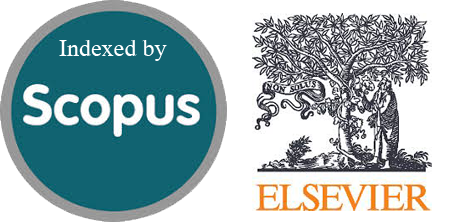
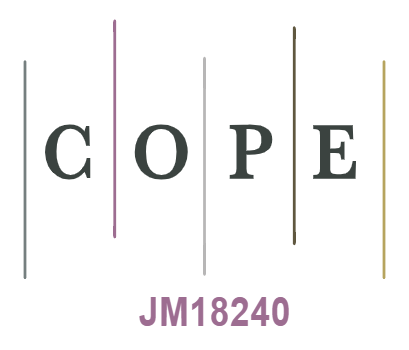

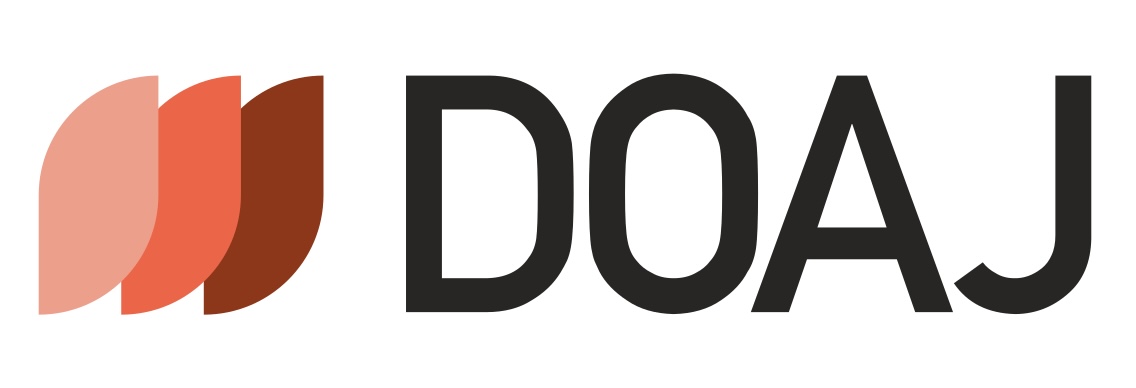

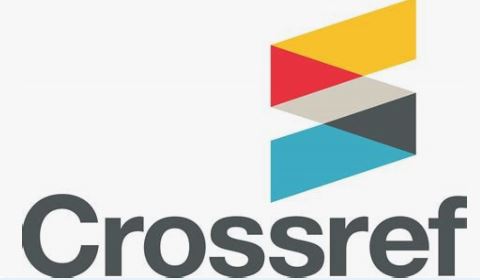

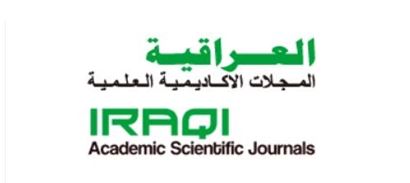


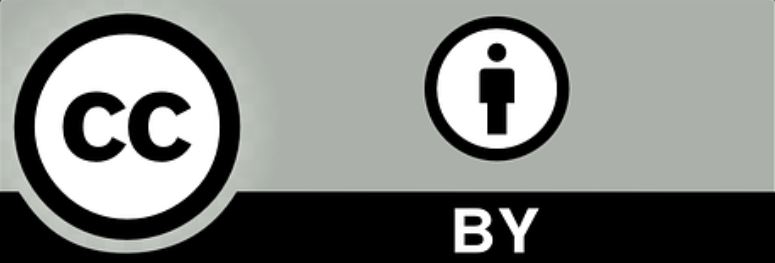 Creative Commons Attribution 4.0 International license..
Creative Commons Attribution 4.0 International license..


